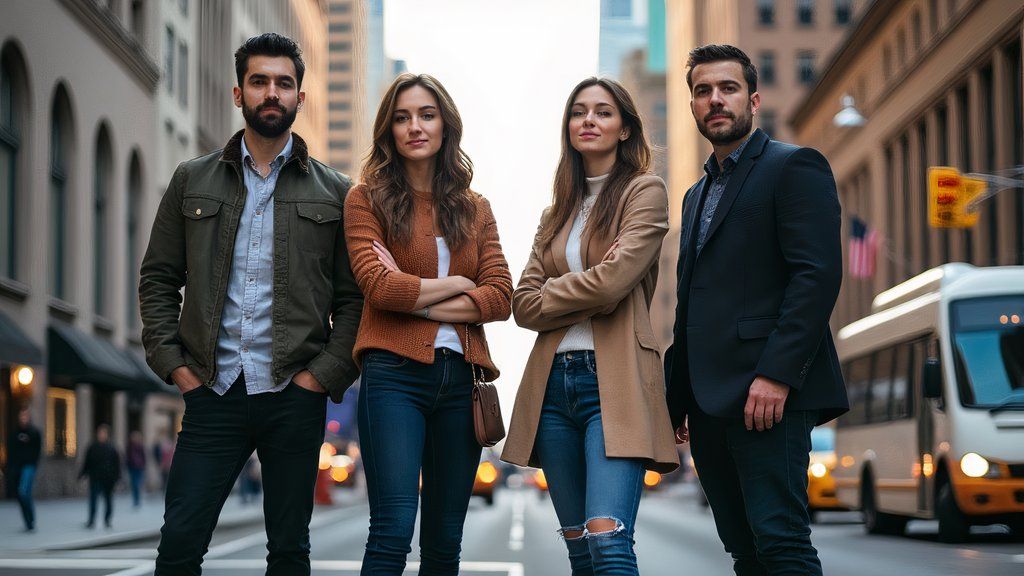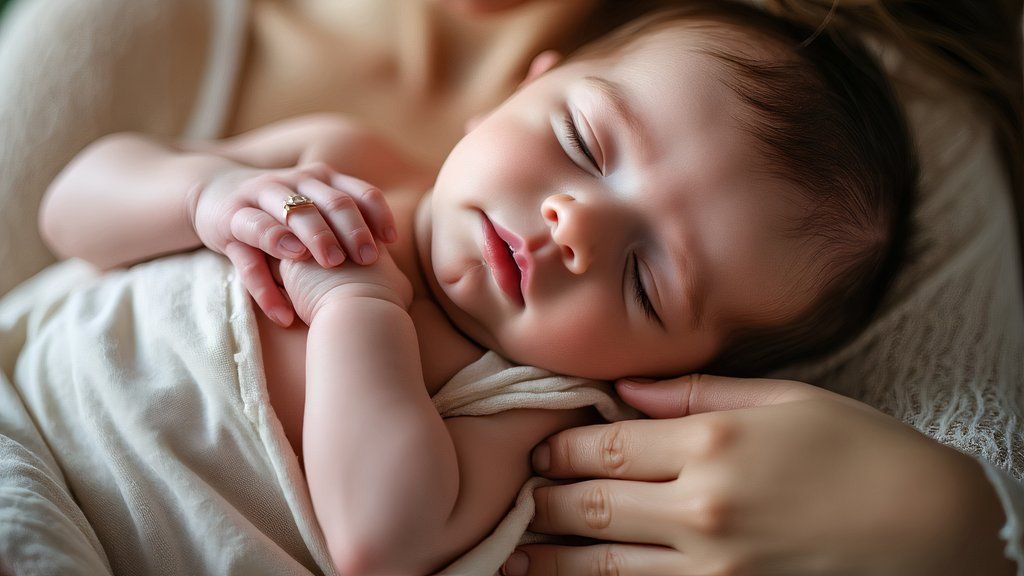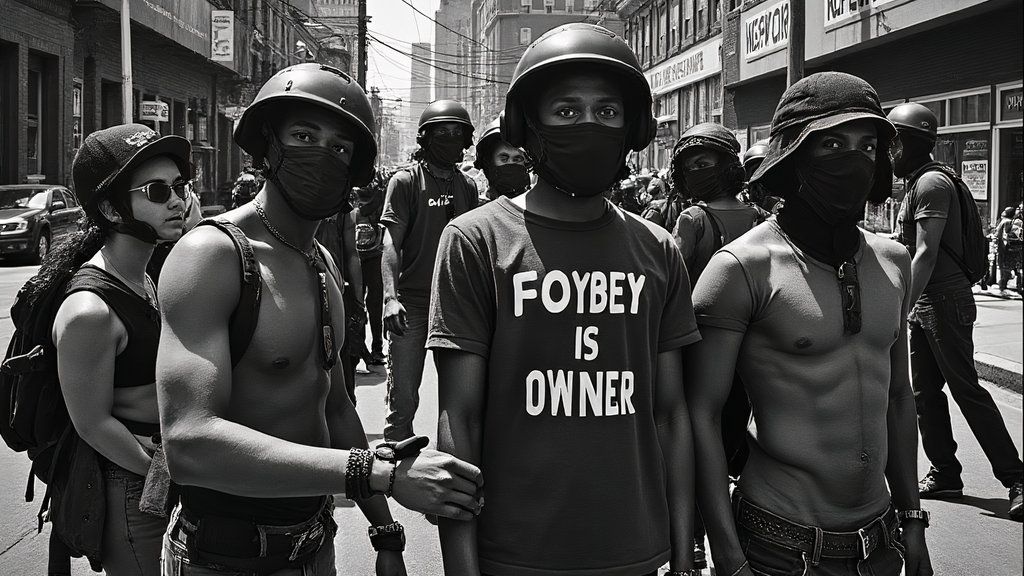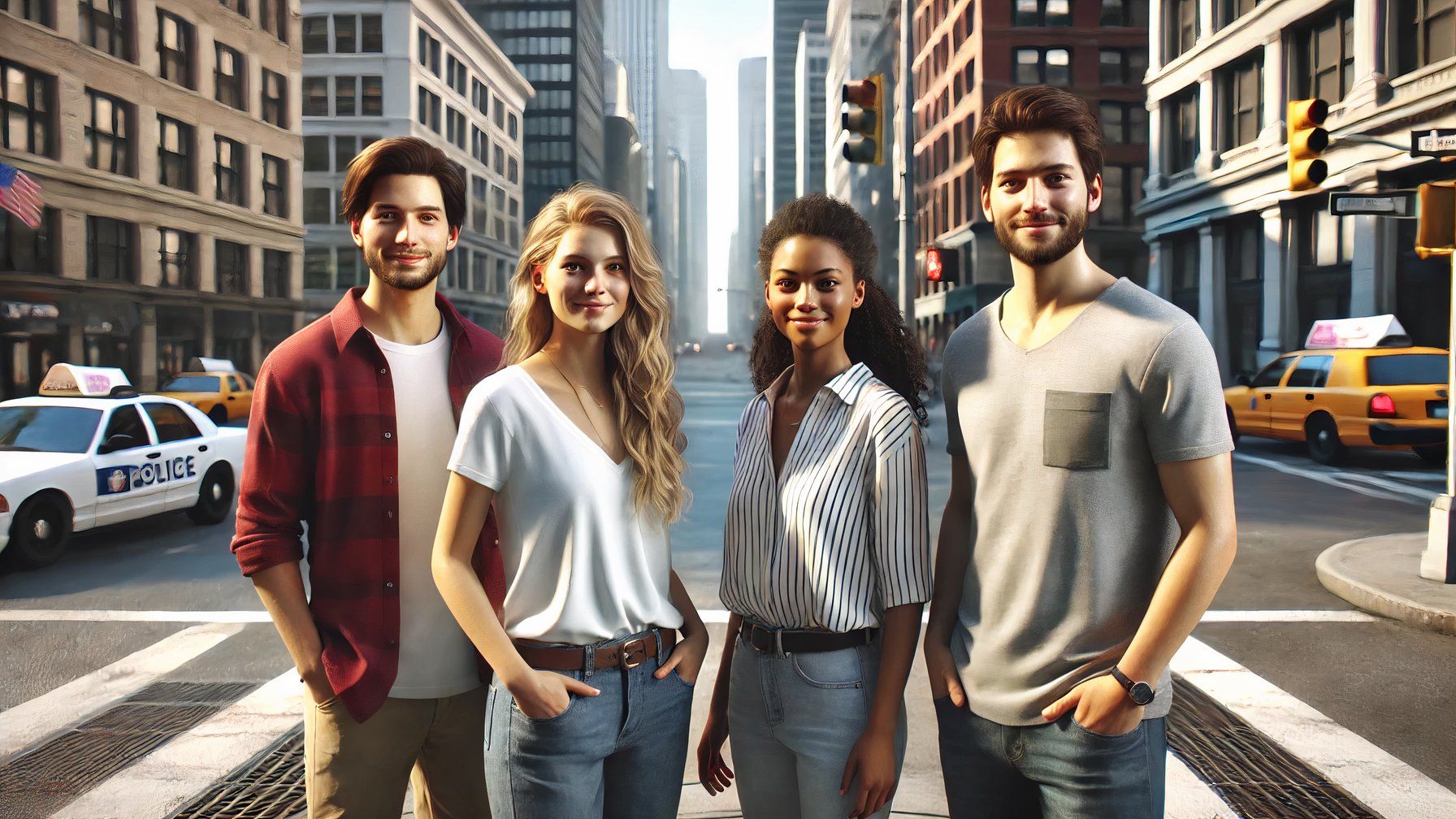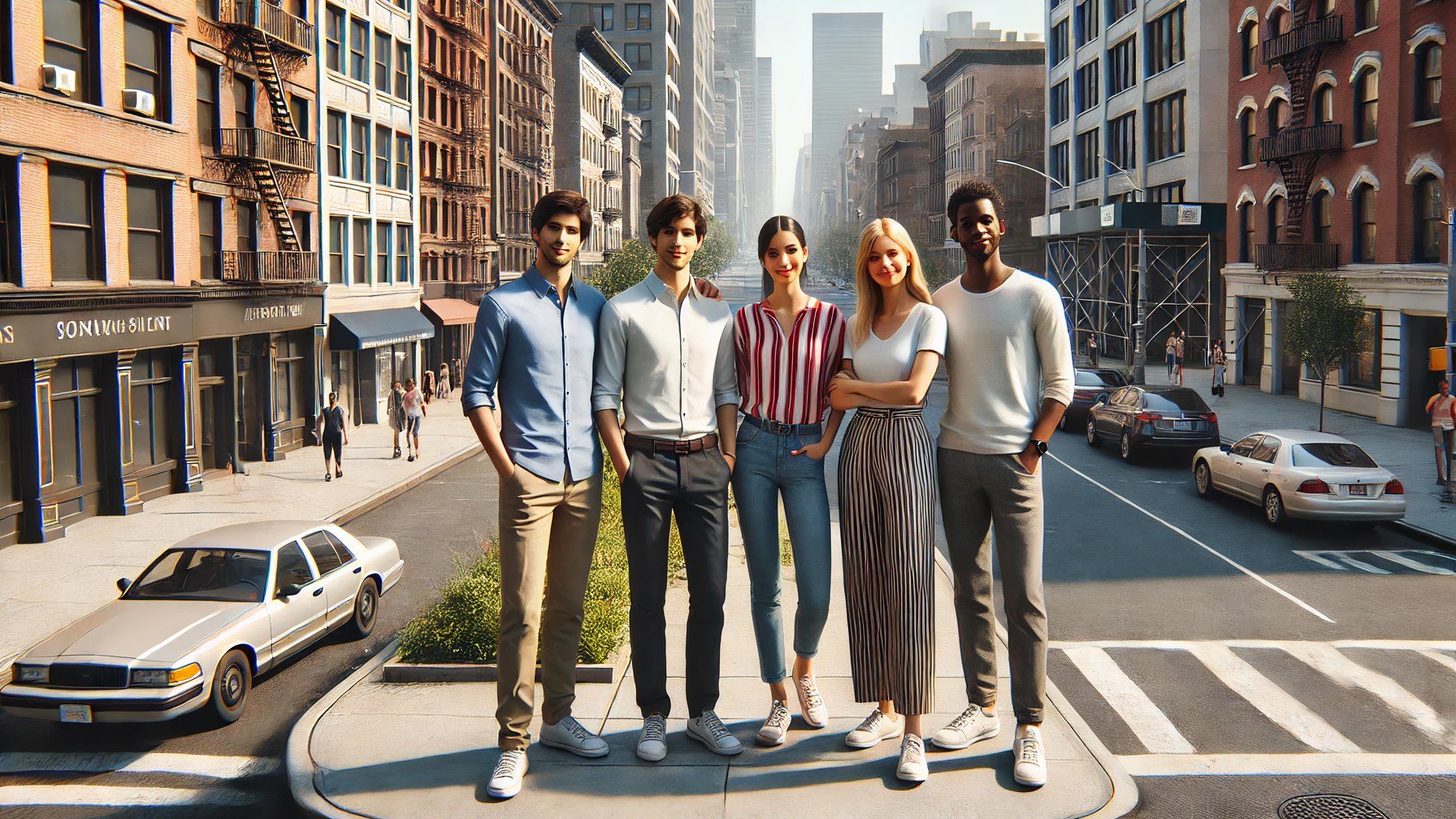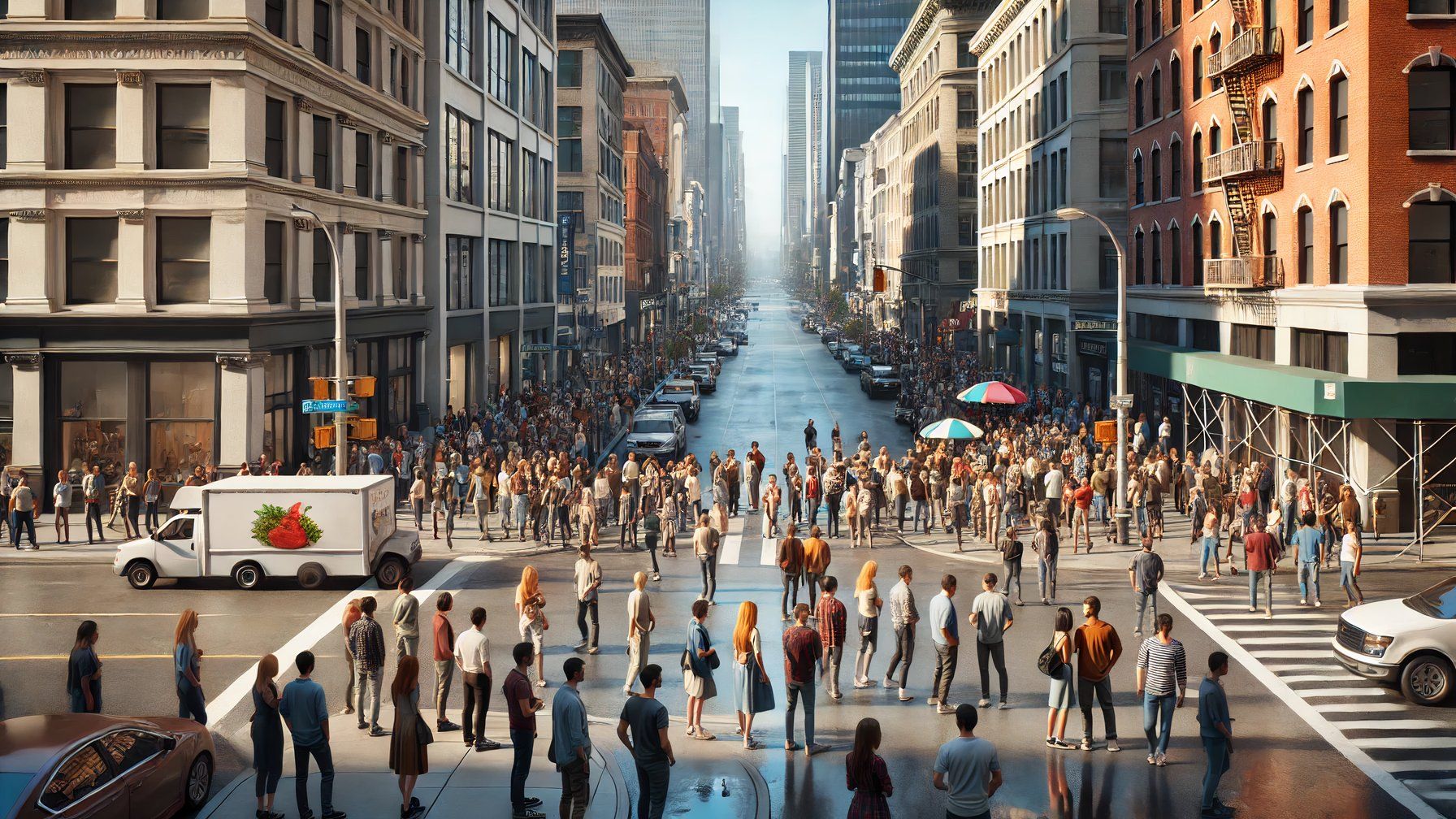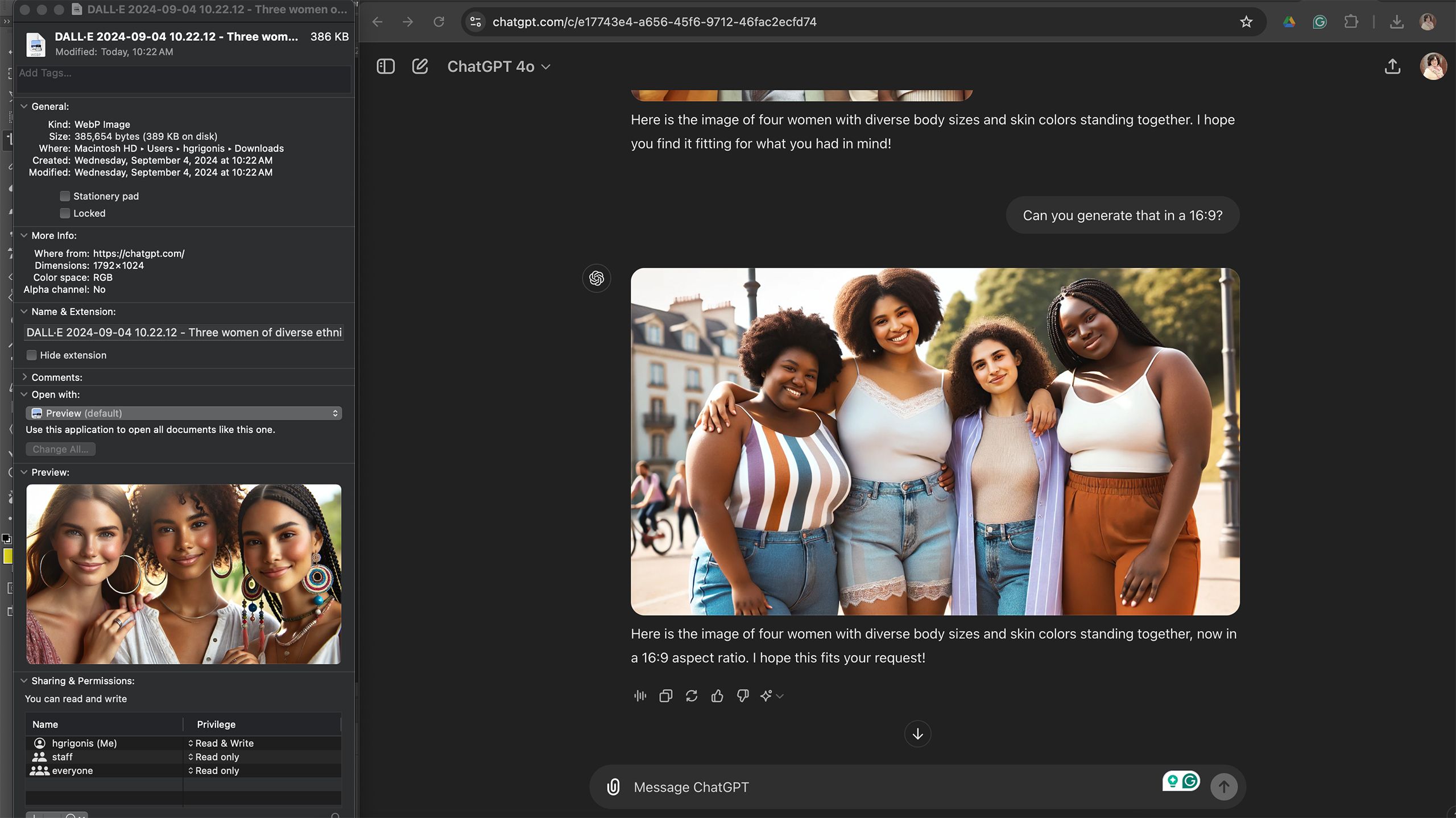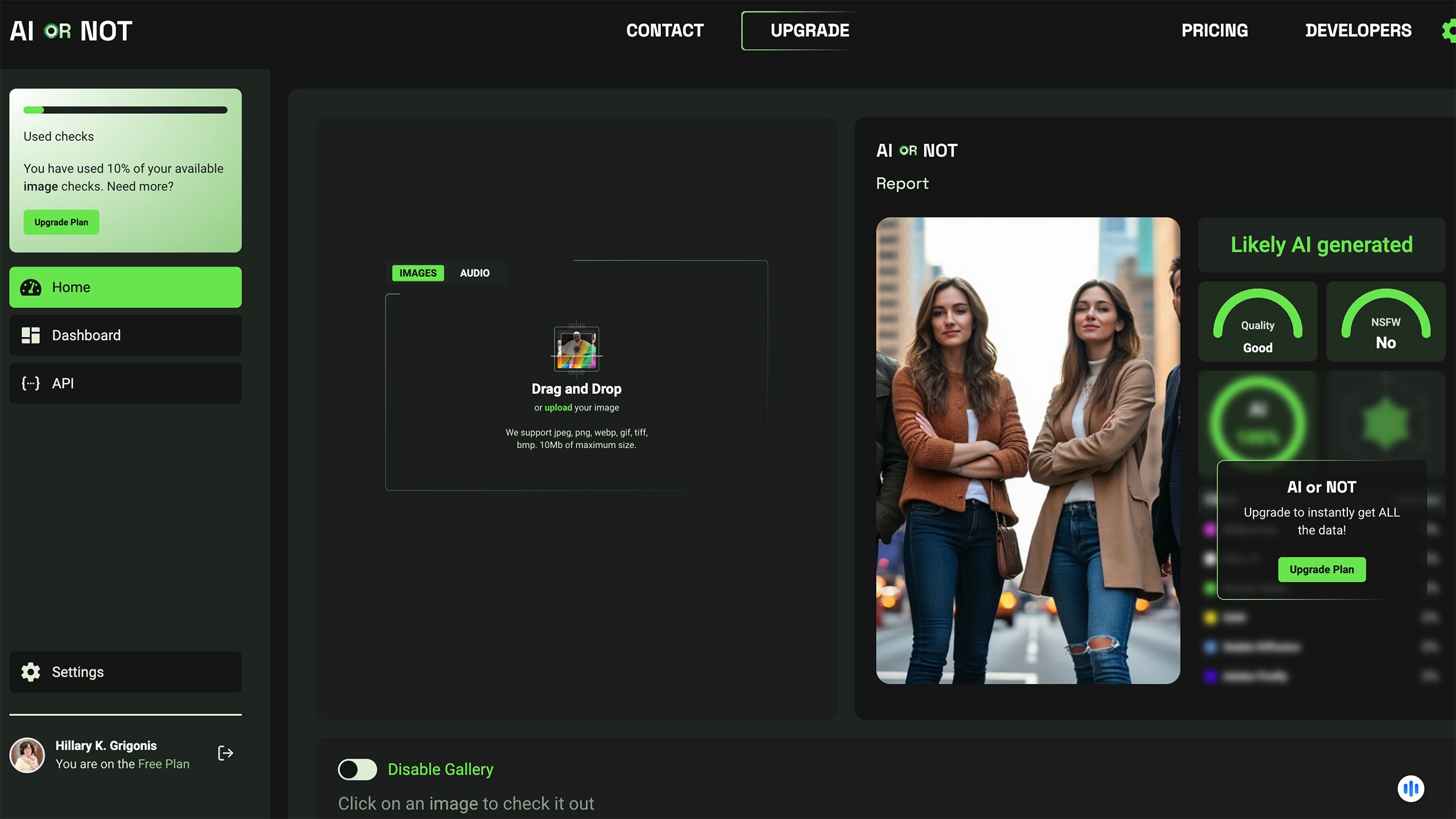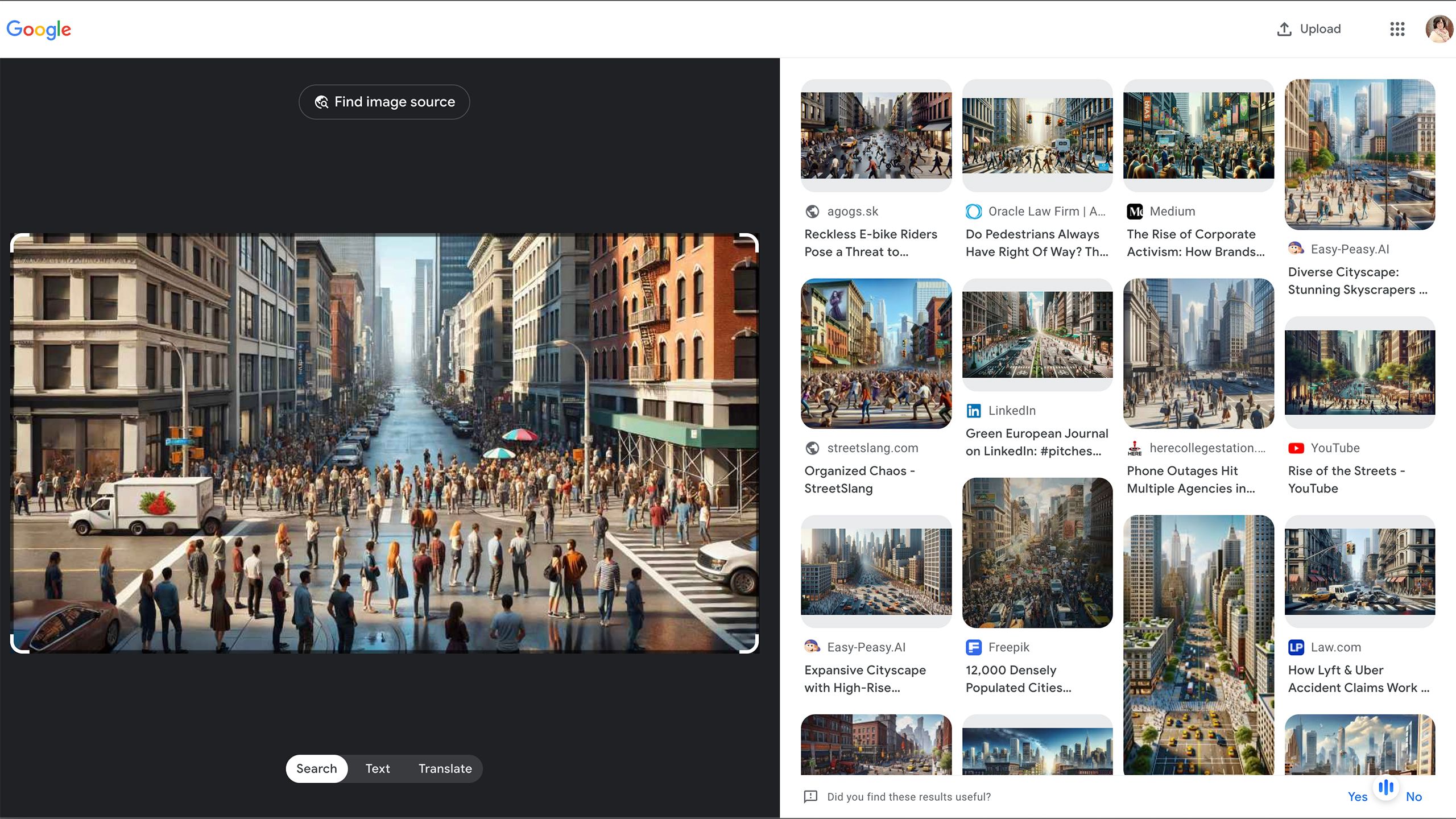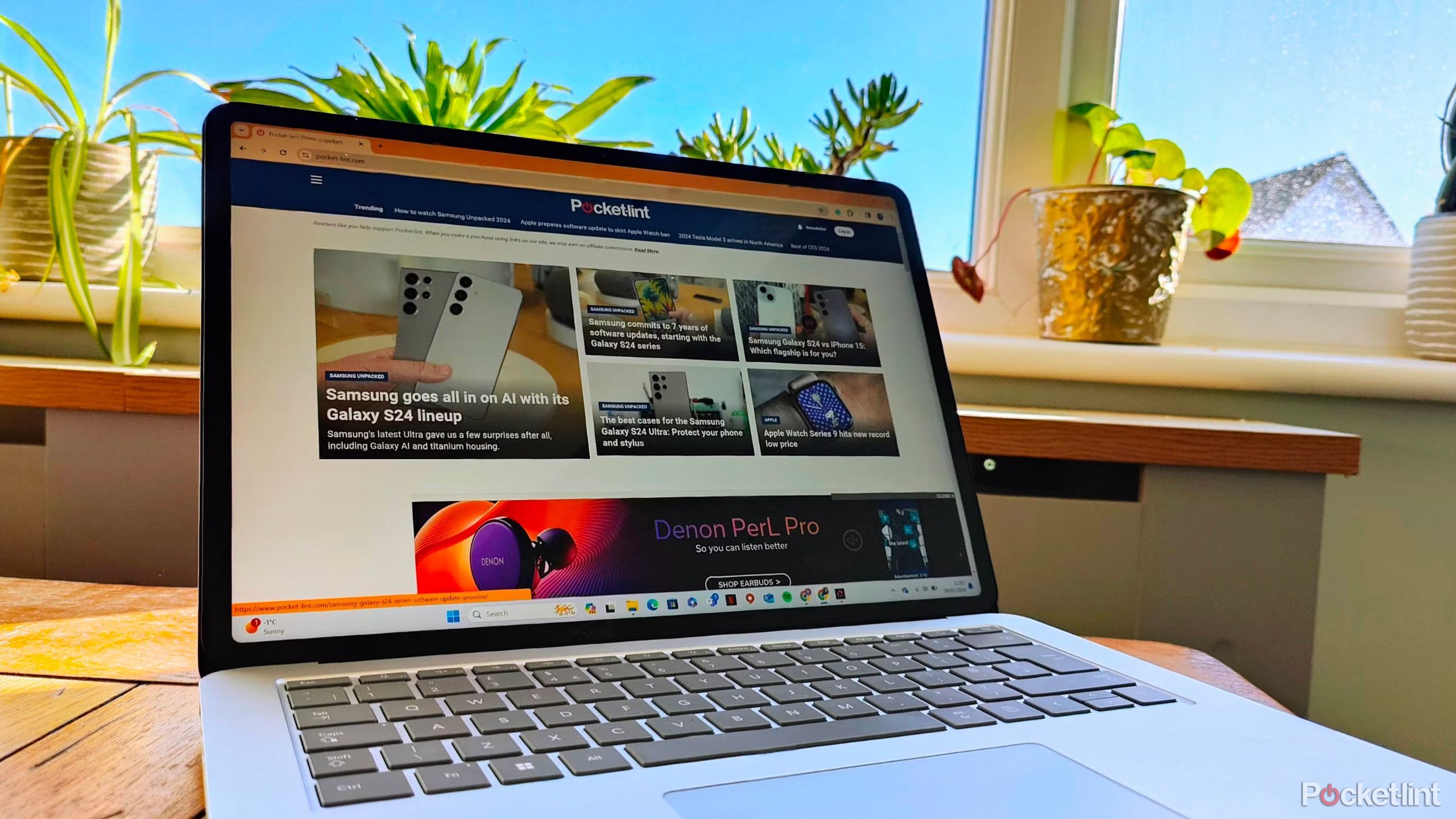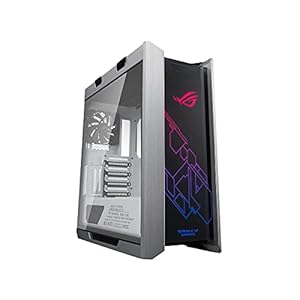Key Takeaways
- Spot AI-generated pictures by checking for unusual fingers, lacking textual content, lack of texture, background oddities, trend inconsistencies, and total perfection.
- Confirm a picture’s authenticity by checking the metadata for digicam data or utilizing AI-detection software program.
- Conduct a reverse picture search to see if a picture already exists on-line and think about the credibility of the supply sharing the picture.
Pictures have had the potential to be manipulated because the darkroom ages, however AI offers anybody the technical expertise to govern a picture or generate one from a clean canvas. The primary AI-generation software program produced graphics that have been extra laugh-worthy than life like, however as know-how advances, figuring out what’s actual and what’s not now not as simple as a fast look. The identical software program that impresses contained in the Pixel 9 Reimagine and X’s Grok concurrently creates a worry that a lot of the content material we see could quickly be extra synthetic than actual.
For instance, check out these two pictures beneath. Are you able to inform which is AI-generated?
Grok
The reply? Each of the photographs above have been generated by AI. As that train demonstrates and recent research suggests, pictures must be approached with the understanding that what you see might not be actuality. As generative know-how edges nearer to the look of an actual {photograph}, growing an eye fixed for what’s actual and what’s not is an crucial talent for anybody browsing the web. As somebody who looka at AI pictures day-after-day, this is find out how to inform if a picture is AI-generated.
1 Search for unusual fingers
Is usually a hands-dwon giveaway
Grok
As AI know-how steadily improves, the generations have fewer tell-tale indicators that giveaway the content material’s origination. However, whereas many AI platforms are bettering, there are nonetheless just a few indicators to search for.
The shortage of a standard AI flaw does not imply which you could say with 100% certainty that the picture is actual. For instance, many AI applications appear to know that they can not produce fingers very effectively and can are likely to create pictures of individuals with their palms of their pockets or folded out of view.
In search of proof of AI within the picture itself is an efficient first step to figuring out the authenticity of {a photograph}.
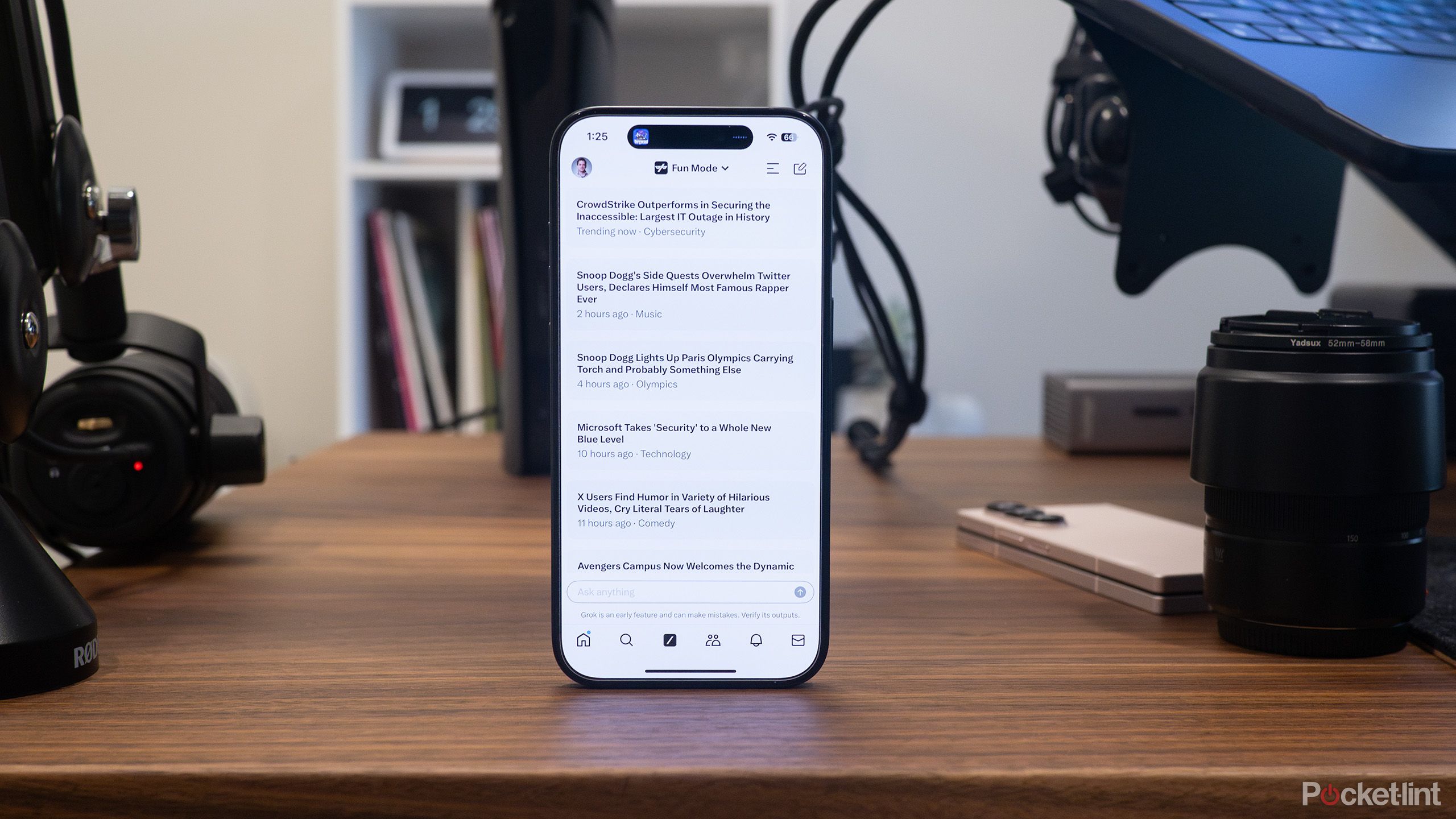
Associated
How to make AI images with Grok on X
Creating AI pictures on X isn’t as simple as different AI picture era instruments, however it may be carried out with a subscription to X Premium
Have you ever ever tried to attract a pair of palms? AI struggles at creating palms too. AI generations will generally have too-many fingers, digits jutting at an ungainly angle, or ill-defined knuckles. If the picture in query is of an individual, zooming in on the palms is an efficient place to begin.
2 Lacking or illegible textual content
Do not simply skim phrases
Grok
AI has solely not too long ago gained the flexibility to copy textual content inside a picture, however AI nonetheless would not excel with it. For instance, if I ask AI to create a contented birthday card, it can say blissful birthday, however textual content past what I advised it are usually non-letters or wildly misspelled nonsense. Zoom in on issues like graphic T-shirts, indicators, and even the keys of a laptop computer and see if the letters are literally letters.
3 Lack of texture
If it seems to be like there is a filter, it might be faux
DALL-E
Actual pores and skin has texture and so does hair, clothes and far of the surfaces round us. A scarcity of texture is a significant warning signal that the picture might be generated by AI. This provides the much less life like generations the sensation of being extra portray than {photograph}, however essentially the most life like AI turbines could require you to zoom in slightly nearer.
A scarcity of texture on pores and skin may imply Photoshop or a easy Snapchat filter, however an absence of texture on something from clothes to a brick wall is an indication of AI.
Lack of texture on something from clothes to a brick wall is an indication of AI.
4 Background oddities
You possibly can even problem AI to create messy backgrounds
DALL-E
One in all my favourite prompts to make use of when testing a brand new AI is to generate a picture of a messy desk. Why? The busier a picture is, the extra the software program struggles. Take a look at the busier elements of the picture, together with the background, for issues that don’t make logical sense or have a cartoonish high quality.
5 Lacking symmetry and trend snaffus
Little particulars generally is a large trace
ChatGPT
AI would not at all times perceive physics or cultural requirements the best way a painter would, leading to pictures that must be symmetrical however aren’t and trend statements that do not fairly make sense. For instance, within the picture above, the 2 ladies on the precise have earrings that do not fairly match the opposite ear. In case you zoom in, you will additionally see the a part of the center girl’s necklace is lacking. AI can even make nonsensical clothes, akin to shirts which can be oddly tucked, clothes with too many collars or zippers, or perhaps a shirtless man that in some way nonetheless has sleeves.
6 An total feeling of being too excellent
A New York Metropolis road just isn’t that clear
ChatGPT
Generative AI is educated on a big library of pictures, however like the photographs in most magazines, many of those coaching pictures have a bias in the direction of the fashionable definition of magnificence. Whereas some software program is healthier at creating a various vary of individuals than others, generally, the folks generated by AI are likely to appear to be fashions. An AI is extra more likely to generate a crowd that appears like everybody might be a mannequin the place an actual picture of a crowd, for instance, may have a various vary of physique sorts and pores and skin colour.
The information is within the particulars
Metadata is hidden data that provides particulars on {a photograph}’s origins. The metadata on an actual {photograph} will usually embrace particulars on the digicam used to seize it and might even comprise copyright information and the photographer’s identify. this embedded data usually gives further perception on the place a picture comes from.
Most units have already got software program able to studying the metadata. On a Mac, right-click on a photograph inside Finder and click on on Get Data. On a PC, proper click on and choose Properties, then click on on the Particulars tab.
Cellular units assist you to learn metadata as effectively. On an iPhone, tapping the “i” icon when viewing a picture in Pictures brings up this data. On Android, open Google Pictures, choose the picture, faucet the “…” menu, then faucet Particulars.
In case you see a digicam identify within the metadata, the chances improve that the picture is actual. AI-generated images will usually have this data clean, whereas the extra moral AI software program will even listing this system’’ identify contained in the metadata
Metadata is not foolproof, nonetheless.
Metadata is not foolproof, nonetheless. You possibly can strip the metadata from an actual picture, for instance, and a picture that lists a digicam within the metadata nonetheless could have been altered in Photoshop. Photographs uploaded to platforms like Fb may have stripped metadata, even when they’re actual images. However, it is a good software in gaining perception into how a picture was created.
8 Use AI-detection software program
Struggle AI with AI
A key to the upcoming warfare on software-generated content material is the flexibility to battle AI with AI. Quite a lot of instruments use AI to find out if a picture (and even written content material) was generated by AI. Utilizing AI to detect AI is not excellent — for instance, I added a picture that I generated in Grok to 1 and was advised it was an actual {photograph}. However, the most effective detection choices on the market have a excessive success charge of figuring out if a picture is AI or not.
One of many extra handy AI detection software program is to make use of a Chrome plug-in. For instance, I exploit the Hive AI Detector Chrome plug-in. Once I wish to know if a picture was AI generated, I merely left click on on Hive AI Detector, with out the necessity to obtain the picture.
Different applications embrace AI or Not or Is It AI, obtainable from an online browser, or cellular apps like GPT Detector and AI Detector.
9 Conduct a reverse picture search
The “Find Supply” button is a game-changer
The reverse picture search has lengthy been a software to help in figuring out if a picture is faux information or not. Whereas the software works higher for recognizing doctored pictures, its use extends to AI as effectively. Utilizing the reverse picture search will inform you if the picture already exists on the internet by looking for the supply or displaying related pictures.
To make use of a Google reverse picture search, open Google in an online browser, then click on on the digicam icon within the search bar as an alternative of typing in textual content. Add your picture, then look by way of the outcomes for related pictures or click on the “Find Supply” button.
10 Think about the supply
Who — and what — is behind the picture?
Like with figuring out whether or not one thing is faux information, have a look at the individual or group who shared the picture. Keep away from trusting pictures from blogs and unknown publications. Examine for issues like misspelled account names or URLs to ensure the account is not making an attempt to faux to be a reliable supply. And when the content material actually issues, akin to within the case of creating knowledgeable political selections, use trusted journalism retailers that do not fall too far on the left or proper on the media bias chart.
Trending Merchandise

